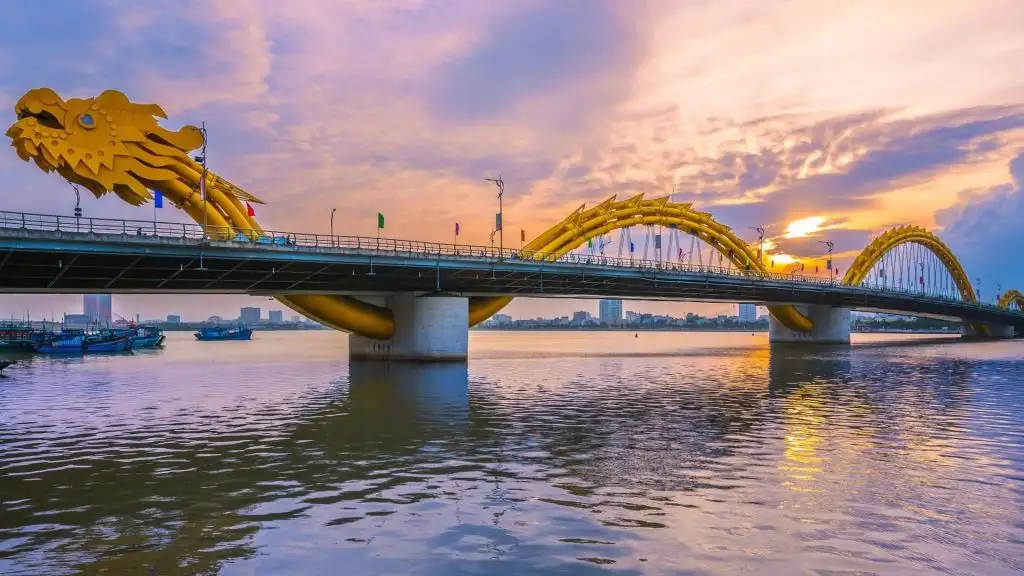Where is Danang? Discover Vietnam’s central coastal city
Where is Da Nang, and why has it become one of Vietnam’s most talked-about destinations? Tucked along the central coast between the ancient town of Hoi An and the imperial city of Hue, Da Nang is a vibrant seaside city known for its stunning beaches, modern skyline, and cultural diversity. Whether you’re planning a short visit or building your entire itinerary around this location, understanding where is Danang, and what surrounds it will give you a better idea of why it’s so special.
Where is Da Nang?
Da Nang is a lively coastal city located in Central Vietnam, right between two of the country’s most famous heritage sites: Hue to the north and Hoi An to the south. It’s about 100 km south of Hue and just 30 km north of Hoi An, making it the perfect base to explore both cities.
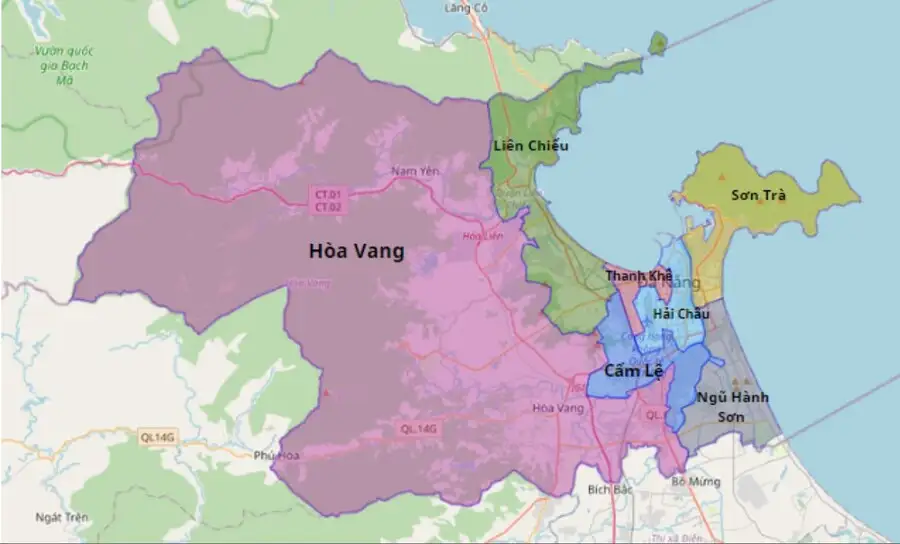
Positioned along the East Sea, Da Nang lies roughly halfway between Hanoi and Ho Chi Minh City, the two biggest cities in Vietnam. Whether you’re traveling from the north or the south, it’s easy to include Da Nang in your journey.
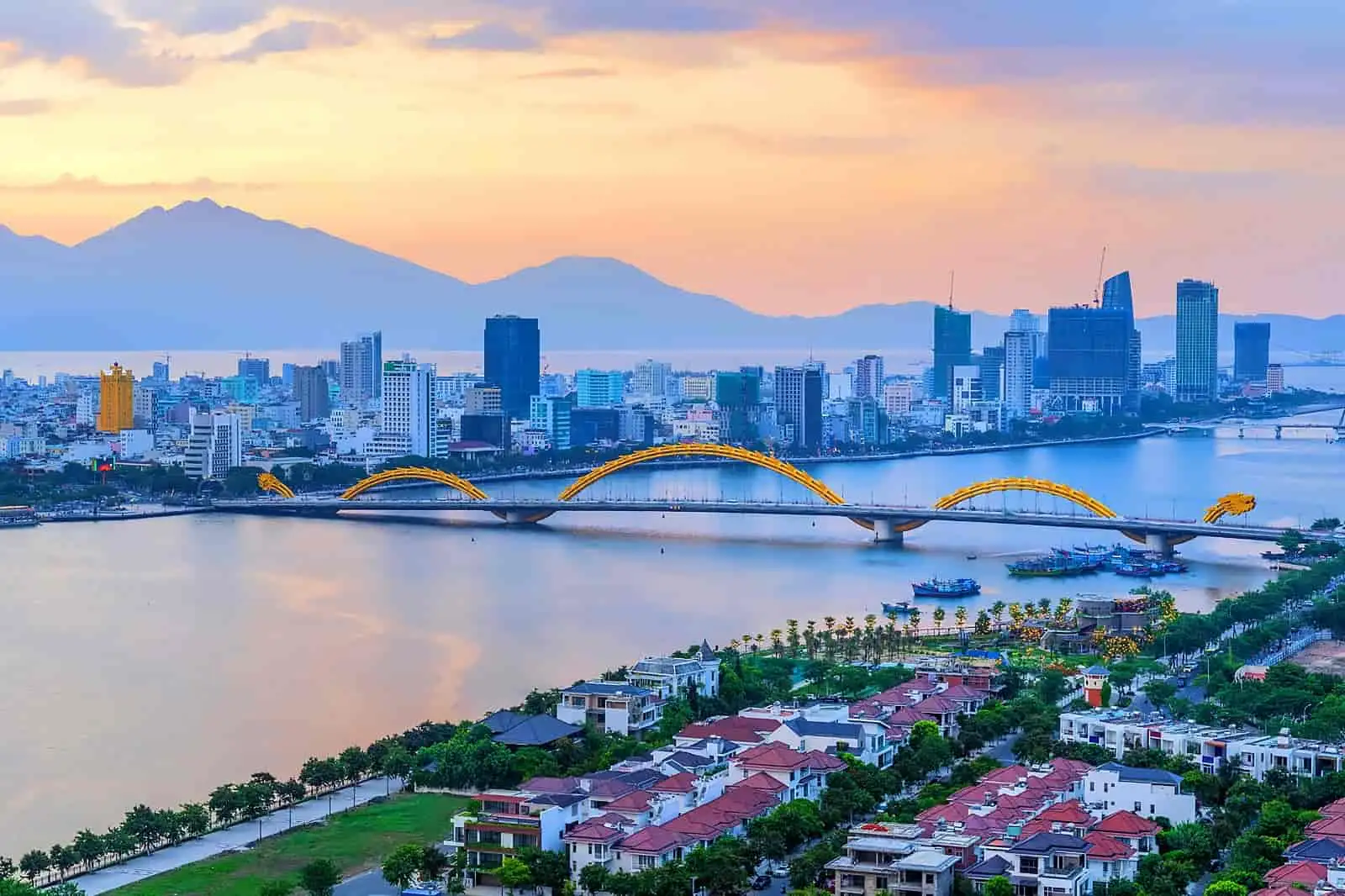
Nestled between green mountains and the beautiful East Sea, Da Nang offers a refreshing mix of beach vibes and urban energy. From here, you can easily take a short trip to the ancient town of Hoi An, explore the imperial city of Hue, or discover the scenic Hai Van Pass.
Its location not only makes travel simple but also gives Da Nang a unique blend of cultures, landscapes, and experiences. If you’re planning a trip to Vietnam and wondering where is Danang, the answer is simple: right at the heart of everything worth seeing in Central Vietnam. Make your journey even easier with Bliss Hoi An’ s free shuttle bus and convenient transportation service, getting you to and from Da Nang in comfort and style.
Read more: Top Danang places of interest with activities you must try
What to know about Da Nang’s weather year-round?
Before packing your suitcase, it’s a good idea to learn a bit about Da Nang’s weather. Like many coastal cities in Central Vietnam, Da Nang has a tropical monsoon climate, with two main seasons: the dry season and the rainy season. Each brings its own charm and travel experiences, whether you’re a beach lover, culture explorer, or just looking to relax.
Dry Season (March to August): Sunshine, beaches, and festivals
The dry season in Da Nang runs from March to August. This is the most popular time to visit, especially if you love warm weather and beach activities. During these months, temperatures range from 26°C to 34°C, and the sun is strong and steady throughout the day. Rainfall is minimal, and the skies are usually clear.
Midday can be hot, especially from May to July, with the sun feeling intense on your skin. It’s a good idea to wear sunscreen, bring a hat, and stay hydrated. However, mornings and late afternoons are very pleasant, perfect for sightseeing or relaxing by the sea.
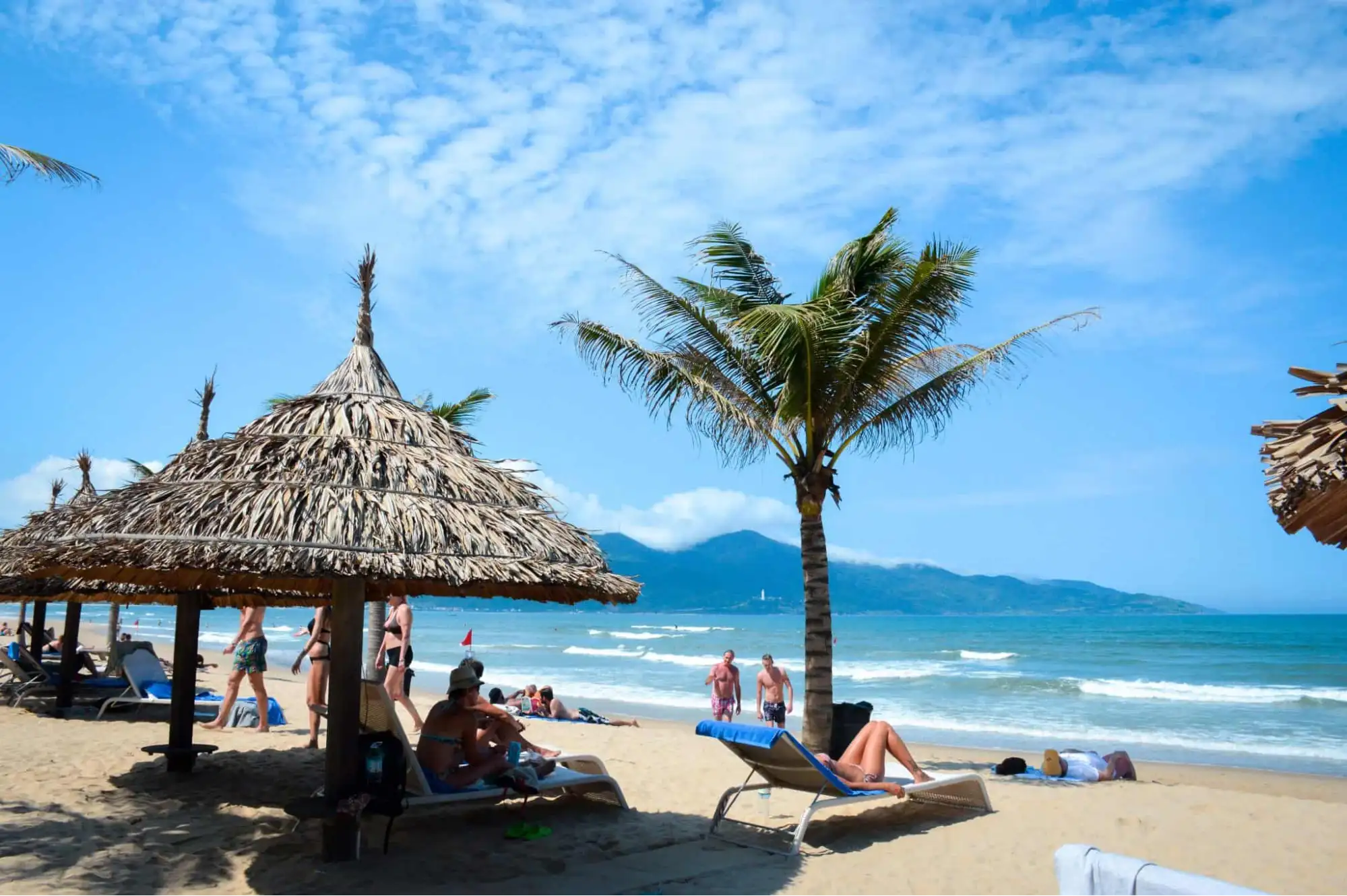
If you’re planning to enjoy My Khe Beach, Non Nuoc Beach, or explore nature on the Son Tra Peninsula, this is the perfect time. You can also take a day trip to Ba Na Hills, where the temperature is cooler thanks to its high elevation.
From April to July, Da Nang comes alive with events like the Da Nang International Fireworks Festival (DIFF) – a massive celebration with light shows, and various summer beach festivals, including local food fairs and sports competitions.
Rainy Season (September to December): Quieter vibes and cultural experiences
The rainy season starts around September and lasts until December, with October and November being the wettest months. During this time, rainfall increases sharply, sometimes with long, steady showers or short, heavy downpours. The skies are often cloudy, and while storms can occur, they are usually well forecasted.
Temperatures during the rainy season are still mild, usually between 23°C and 28°C, and the air feels more humid. Although outdoor beach plans might be affected, this season has its own appeal. It’s less crowded, and accommodation prices drop, making it a good time for budget travelers.
Instead of beaches, you can explore indoor attractions like the Da Nang Museum, Cham Sculpture Museum, or enjoy relaxing spa treatments. The city also becomes more peaceful, which is great for those who enjoy a slower, more relaxed pace. Local cafes, street food tours, or temple visits like Linh Ung Pagoda are still enjoyable on rainy days.
Mild spring (January to February): A cool, festive time
From January to February, Da Nang enjoys cooler, spring-like weather. Temperatures usually range from 18°C to 25°C, with little rainfall. The air is fresh and comfortable, perfect for walking around the city or exploring its landmarks without worrying about the heat.

This period also marks the lead-up to Tet (Vietnamese Lunar New Year) – the most important holiday in Vietnam. If you visit during this time, you’ll get to experience a very special atmosphere, with colorful flower markets, traditional performances, and local celebrations. Some shops may close for a few days, but the cultural vibe is unforgettable.
How to get to Da Nang?
Still asking where is Danang and how to get there? Da Nang is one of Vietnam’s most accessible cities. Da Nang welcomes visitors through its well-connected airport, highways, and even railways. Whether you’re coming from abroad or traveling within Vietnam, here’s how you can make your way to this dynamic coastal city.
Getting to Da Nang from international destinations
Da Nang International Airport (DAD) is one of Vietnam’s three major international airports. It serves as a direct gateway to the city for travelers from many Asian countries. Several low-cost and full-service airlines such as Vietjet Air, Vietnam Airlines, AirAsia, and Korean Air operate regular direct flights to Da Nang.
If you’re flying in from Europe, Australia, or North America, you can connect to Da Nang through major transit hubs like Ho Chi Minh City, Hanoi. These airports offer plenty of daily flights to Da Nang, making international travel smooth and relatively hassle-free.
Getting to Da Nang from places within Vietnam
For domestic travelers, reaching Da Nang is straightforward, whether by plane, train, or bus. Da Nang is served by dozens of daily domestic flights from major cities such as Hanoi, Ho Chi Minh City, Hai Phong, Can Tho, and Da Lat. These flights typically take 1–1.5 hours and are widely available through multiple Vietnamese carriers.
If you prefer scenic routes, the Reunification Express train line runs along the coast and stops in Da Nang, offering beautiful views between Hue and Nha Trang. Traveling by train from Hanoi or Ho Chi Minh City takes 15–20 hours but is often chosen for the experience.
Long-distance buses and limousine vans are also an option, especially from nearby cities like Hue (about 2.5 hours) and Hoi An (only 45 minutes). The road network is well-developed, and modern expressways make traveling by land a comfortable choice.
Necessary travel documents for visiting Da Nang
Before setting foot in the coastal charm of Da Nang, it’s essential to prepare all the paperwork required for a smooth and stress-free journey. Whether you’re an international visitor or a domestic traveler, knowing which documents to carry, how to get them is crucial. From passports and visas to ID cards and birth certificates, each type of document plays a specific role in helping you move around safely, legally, and comfortably.
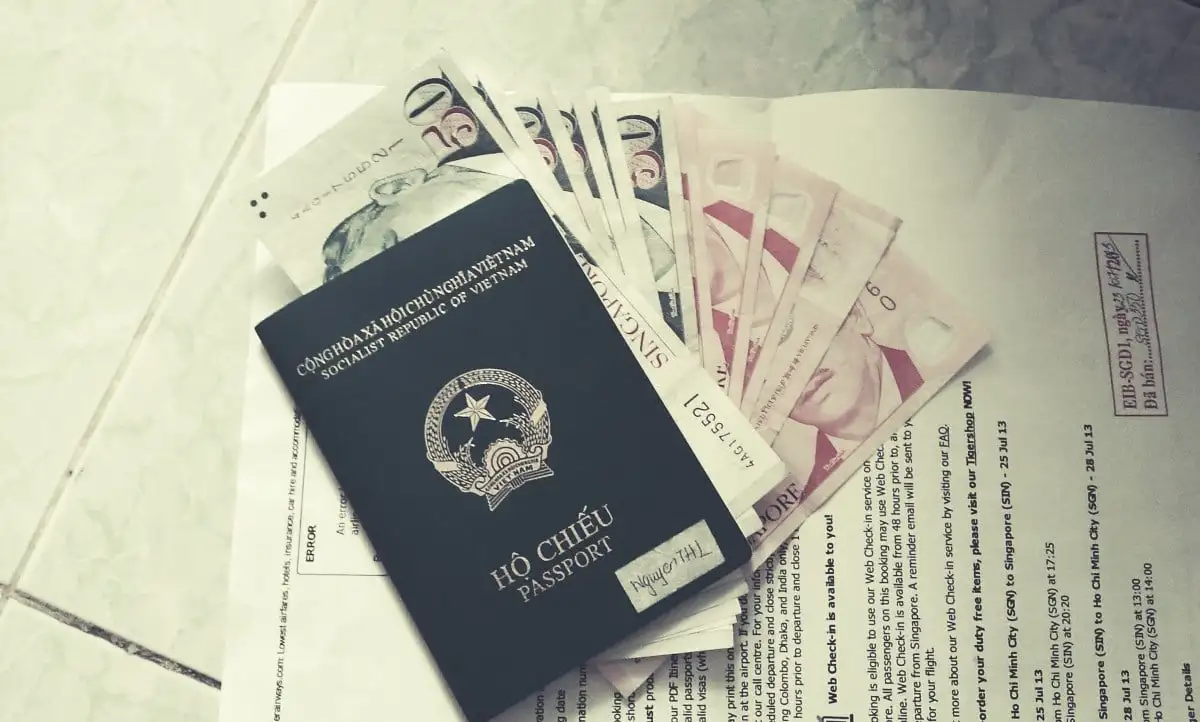
Below is a simple guide outlining the necessary travel documents for visiting Da Nang, categorized by traveler type and usage scenario, so you can be fully prepared from the moment
Passport
A passport is mandatory for international travelers coming to Da Nang. Make sure your passport is valid for at least six months from your planned date of entry. You’ll be required to show your passport when booking flights, checking in, or registering at hotels. If your passport is lost or expired before your flight, you won’t be allowed to board. To avoid any issues, double-check your passport’s expiration date and keep both the original and a photocopy with you during your trip.
Visa
Depending on your nationality, you may need a visa to enter Da Nang. Vietnam currently offers visa exemptions for short stays (ranging from 15 to 45 days) for travelers from several countries.
If you’re not eligible for visa exemption, you can apply for an e-visa through the official website of the Vietnam Immigration Department. The process includes filling out an online form, uploading your photo and passport scan, paying the fee, and waiting around 3–5 business days for approval. Once granted, print the e-visa and present it upon arrival at Da Nang International Airport.
National ID Card
For domestic travelers, a Vietnamese Citizen ID card or National ID is required when boarding planes, trains, or checking into accommodations. Your ID must be valid, legible, and undamaged. If you don’t have a valid ID card, a passport can be used as an alternative. Always carry the original document and consider bringing a photocopy in case it’s requested by local services.
Birth Certificate (for children)
If you’re traveling with children under 14 years old, you must bring their original or certified copy of the birth certificate. This document is essential for boarding flights, traveling by train, or checking into hotels where a child is staying. Some airlines or hotels may also require a guardian consent form if the child is not accompanied by a parent. It’s best to prepare these documents in advance to avoid any delays.
Driver’s license
While a driver’s license is not required to travel to Da Nang, it’s highly useful if you plan to rent a motorbike or self-drive car during your stay. Bring your original valid driver’s license, for Vietnamese citizens, that’s usually class A1/A2 for bikes and B1/B2 for cars. For foreigners, an International Driving Permit (IDP) that’s valid in Vietnam will be accepted at most reputable rental companies. In some cases, your passport may also be needed for verification.
Understanding where is Danang geographically is just step one, having your paperwork ready makes the rest of your journey smooth.
Must-see highlights in Da Nang
From white-sand beaches to iconic landmarks, Da Nang offers a dynamic blend of natural beauty and modern charm. Whether you’re chasing sunsets or exploring spiritual sites, the city never runs out of things to amaze you. Here are some top attractions that define the Da Nang experience. Once you know where is Danang, you’ll want to explore everything it has to offer:
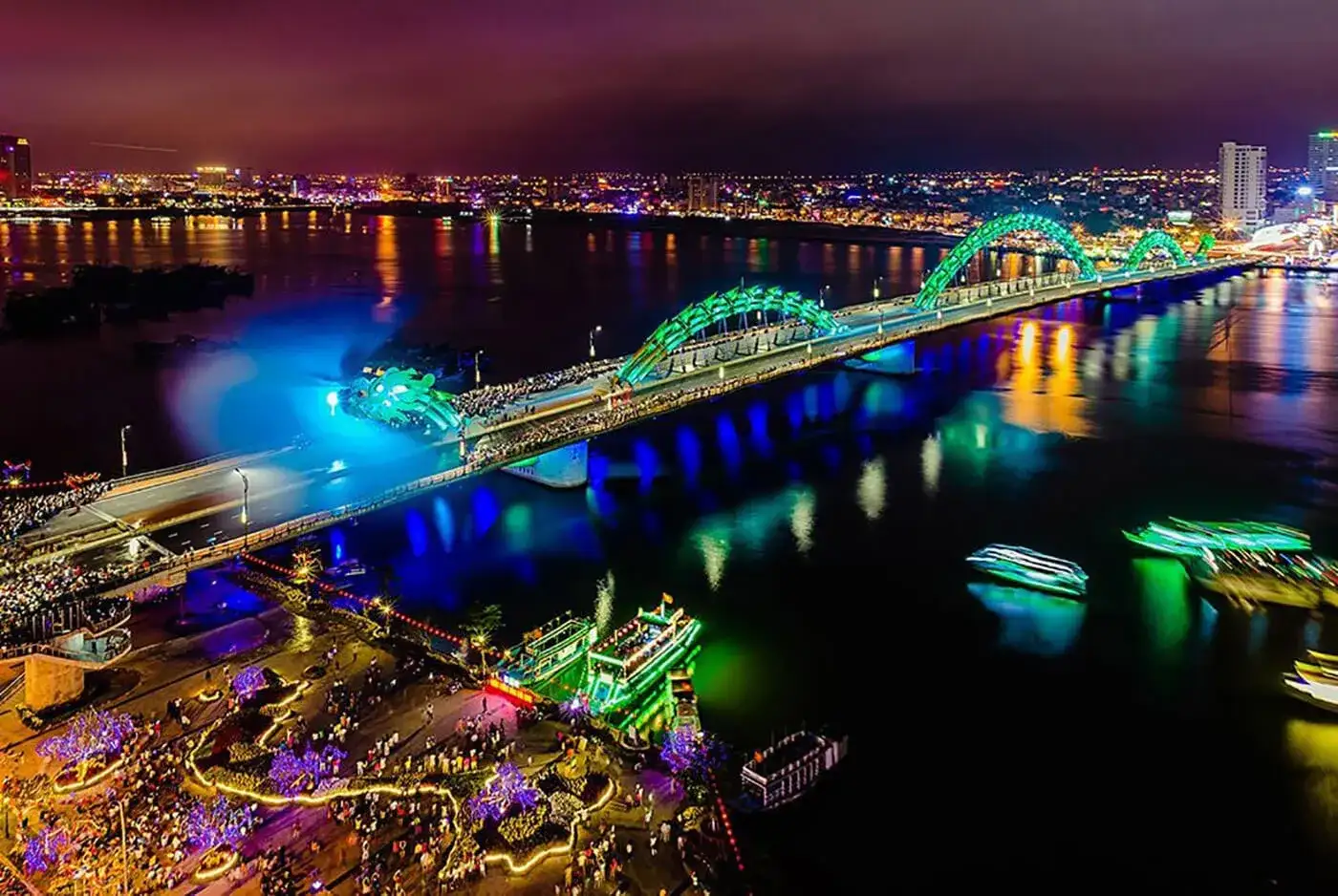
Marble mountains
Just a few kilometers from the city center, the Marble Mountains rise dramatically from the coastal plain. These five mystical hills are dotted with ancient pagodas, hidden caves, and sacred shrines nestled in lush greenery. Don’t forget to climb to the summit for sweeping views of the sea and countryside, especially stunning at sunset. It’s both a meditative and adventurous stop for travelers.
Golden bridge
Suspended high above the Ba Na Hills, the Golden Bridge seems to float in midair, held by two colossal stone hands. This architectural marvel is surrounded by misty mountains and flower gardens, offering an otherworldly experience. The scenic cable car ride to the bridge is equally breathtaking. It’s a must-visit for those chasing iconic travel photos and unforgettable views.
My Khe Beach
Often listed among the most beautiful beaches in the world, My Khe boasts soft white sand, crystal-clear water, and a relaxed coastal vibe. Locals come for early morning swims, while visitors enjoy beachside cafés and seafood barbecue in the evenings. It’s ideal for sunbathing, surfing, or simply watching the waves roll in. A peaceful yet lively escape right in the city.
Han river and Dragon bridge
The Han River lights up Da Nang at night with a dazzling display of bridges and reflections. The Dragon Bridge steals the spotlight every weekend with a show of fire and water shooting from its mouth. Along the riverside, you’ll find night markets, street performers, and food stalls buzzing with energy. It’s where Da Nang’s modern charm comes alive after dark.
Son Tra Peninsula

Nicknamed the “green lung” of Da Nang, Son Tra Peninsula is a paradise of winding coastal roads, dense forest, and panoramic sea views. Stop by the towering Lady Buddha statue, which watches over the city from Linh Ung Pagoda. Along the way, you might spot rare red-shanked douc langurs hidden in the trees. It’s a scenic drive that blends nature, culture, and a touch of adventure.
Read more: Son Tra Peninsula – Discover Danang’s “green lung”
After discovering the beauty and location of Da Nang, why not treat yourself to a peaceful retreat nearby? Just an hour’s drive south along the stunning coastline, Bliss Hoi An Beach Resort & Wellness offers the perfect blend of luxury, serenity, and authentic Vietnamese charm. Nestled on the quiet Binh Minh Beach, it’s the ideal base to unwind after exploring Central Vietnam. Book your stay today and experience true bliss.
Located right in the heart of Central Vietnam, Da Nang is more than just a geographical mid-point between Hue and Hoi An. Its coastal charm, accessibility, and well-developed infrastructure make it an ideal hub for both international visitors and domestic travelers. From the famed Golden Bridge in the Ba Na Hills to its lively seaside promenade, knowing where is Danang will inspire you to see why so many fall in love with this coastal city. So next time someone asks, “Where is Danang?”, you’ll know it’s more than just a place on the map. It’s where your Central Vietnam journey begins.

